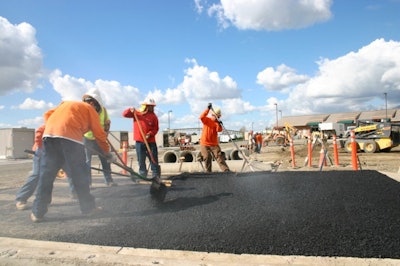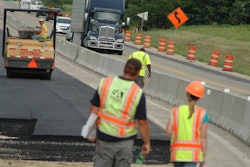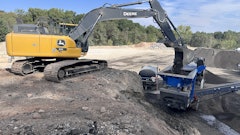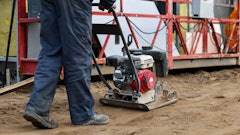
It’s a challenging time in the construction industry. Not only are companies having a hard time finding workers to fill their open jobs, but construction business owners also have to find ways to keep the good workers they have. While that might not have been an issue when the industry was full of Traditionalists and Baby Boomers, the newer generation of workers tend to be a bit more challenging to retain and balancing the gap of years between the oldest and youngest generations can be a struggle.
The Five Generations of Workers
In the business world, there could be as many as five different generations working together on any given day. So just who are these different groups and how can they work successfully together with your help?
1. Traditionalists: These workers were raised during the Great Depression. They have the years of experience needed to be successful on any job and are very loyal. However, this can also make them slower than other generations to adapt to new habits and technology., the experience they acquired over the years and their one-on-one interpersonal skills can prove to be valuable.
2. Baby Boomers: This group finds themselves in charge of many construction projects and in managerial positions, often like to drive the workflow and impose their leadership traits. Their self-reliance can often challenge Traditionalist work loyalties, but they are also known for their hard work and many keep working past their retirement.
3. Generation X: These employees are also in many mid-management construction positions and find themselves comfortable supervising and mentoring others. Because this generation grew up with many technological developments, they work well with powered tools, computers and other digital tools like using PDFs over blueprints. This middle of the road perspective can be handy when tackling problems between older and younger generations. They can be tech-savvy and flexible, which empowers them to find good work/life balances for the entire company.
4. Millennials: The values and attitudes of this group will shape the future of your workplace and they want to feel valued in their careers. Millennials also share similar perspectives with older generations when it comes to being family-centric and this in part also drives them to find a better work/life balance which can be a challenge for those used to working longer hours.
5. Generation Z: Generation Z now accounts for 20% of the workforce available out there. They are growing in experience and their emerging attitudes and values will not only challenge older generations in the workforce to think out-of-the-box but also will influence your workforce to find new solutions and be more creative.
Each of these generations have the power to influence the other positively. Construction business owners need to identify the values and attitudes of each group and work to break down the stereotypes that keep them from working together in a productive way.
Focus on what each worker can contribute instead of what they may be doing wrong. Partner Traditionalists who have the experience with Generation Z workers who are ready to be mentored. Have Millennials work to train Baby Boomers on the latest technology and always be sure each group knows the impact they have on each other should be a positive one instead of negative.
Read more about recruiting Gen Z workers on page XX of this issue and check in with me at [email protected] if you have any other tips.



















